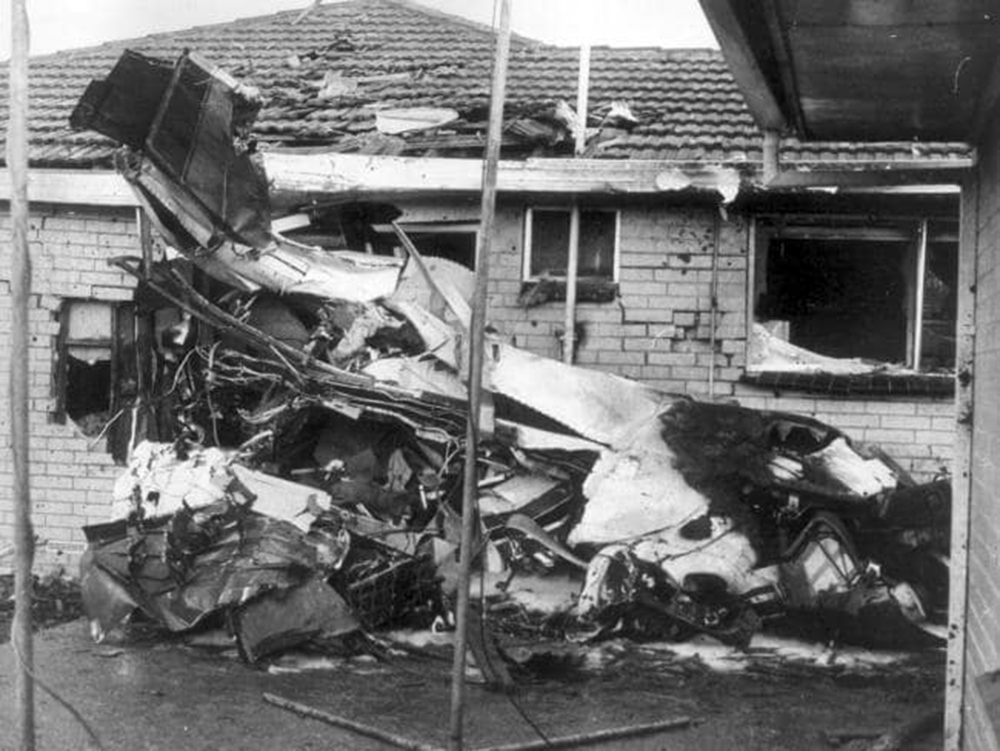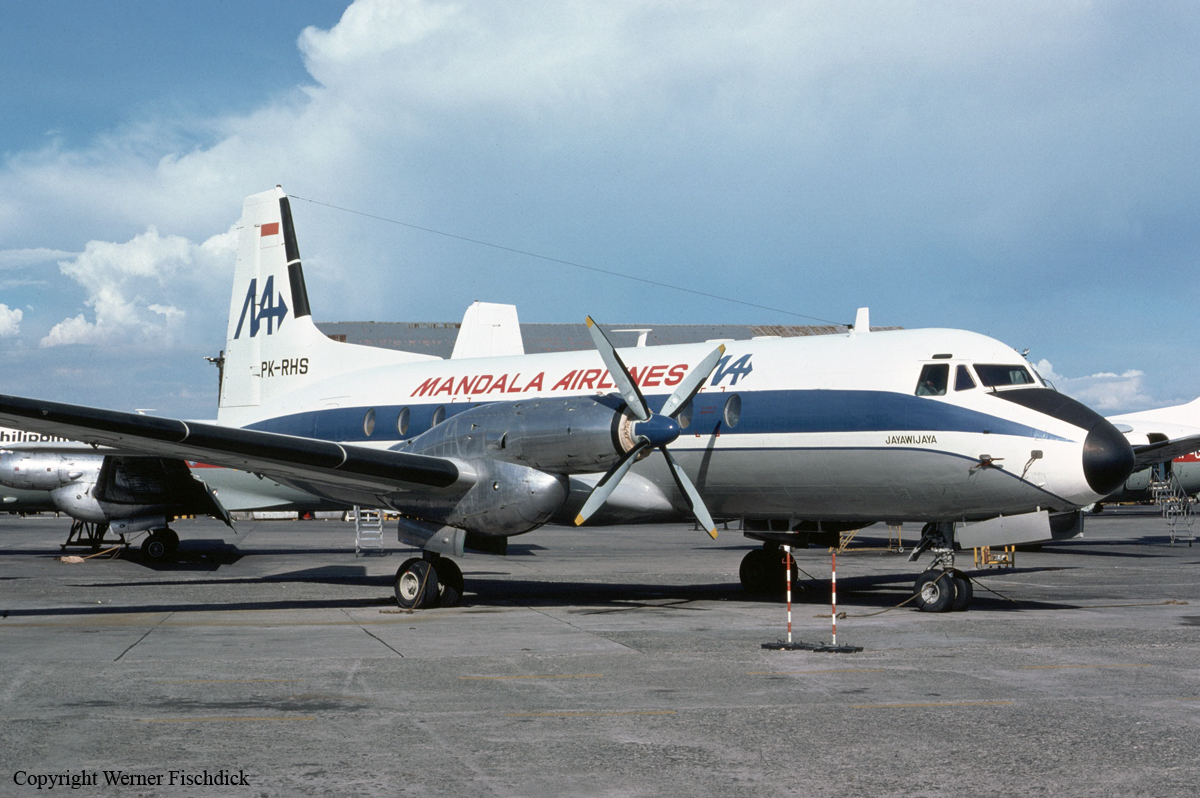Crash of a Fokker F27 Friendship 200 in Manila: 33 killed
Date & Time:
Sep 14, 1978 at 1450 LT
Registration:
10328
Survivors:
Yes
Schedule:
Laoag - Nichols AFB
MSN:
10328
YOM:
1967
Crew on board:
4
Crew fatalities:
Pax on board:
24
Pax fatalities:
Other fatalities:
Total fatalities:
33
Aircraft flight hours:
11726
Aircraft flight cycles:
11307
Circumstances:
The airplane was completing a special flight from Laoag to Nichols AFB (Manila Intl Airport) on behalf of the Philippines Presidency, carrying soldiers, policemen, journalists and members of the government security agency flying back to Manila after taking part to the celebrations of the 61st anniversary of the President Ferdinand Marcos. On final approach to runway 06 in poor weather conditions, the airplane lost height, struck 10 houses and crashed in a swampy area located few hundred meters short of runway threshold. Seven occupants in the airplane were rescued while 21 others were killed as well as 12 people on the ground. 20 other people on the ground were seriously injured.
Probable cause:
It was determined that the airplane lost height on final approach due to windshear. At the time of the accident, weather conditions were poor with thunderstorm activity, winds up to 35 knots, heavy rain falls and turbulences.









